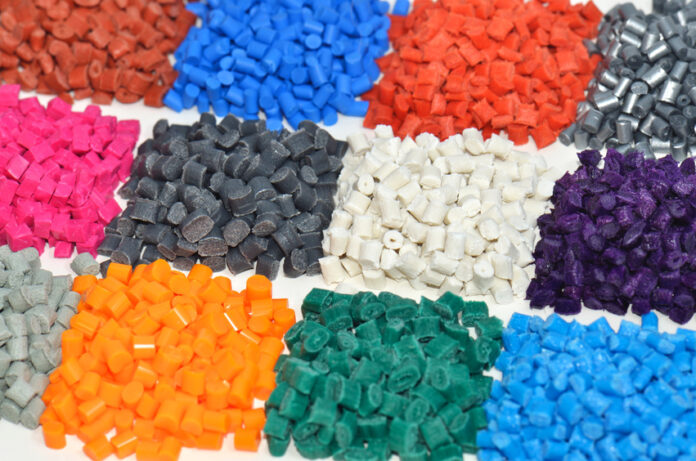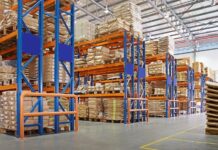BlueWeave Consulting, a leading strategic consulting and market research firm, in its recent study, estimated Asia-Pacific synthetic rubber market size at USD 9.2 billion in 2022. During the forecast period between 2023 and 2029, BlueWeave expects Asia-Pacific synthetic rubber market size to grow at a CAGR of 3.9% reaching a value of USD 12 billion by 2029. Major factors for the expansion of Asia-Pacific synthetic rubber market include increasing use of synthetic rubber in a variety of applications, increasing penetration of EVs, surging demand from automotive industries, and growing production and demand for consumer and industrial goods. Likewise, the market’s rise will be driven by an increase in sports activities such as motor racing competitions and detailed research into tire durability and demand. The growing middle class and rising industrialization have boosted the footwear industry, which will fuel the expansion of Asia-Pacific synthetic rubber market during the period in analysis. Asia-Pacific synthetic rubber market will expand rapidly due to increased production of various grades of non-automotive products and tires. Also, China, India, Thailand, Indonesia, Malaysia, and Vietnam are among the world’s major producers of natural and synthetic rubber. Furthermore, the region serves a substantial application of synthetic rubber, such as tires. According to the International Organization of Motor Vehicle Manufacturers, more than 50 million automobiles were manufactured in Asia Pacific. India and China have the world’s largest two-wheeler industries. The region is a hub for the manufacturing of consumer electronics which creates considerable demand for synthetic rubber in the region. However, environmental regulations and health hazards in manufacturing synthetic rubber are anticipated to restrain the growth of Asia-Pacific synthetic rubber market during the period in analysis.
Asia-Pacific Synthetic Rubber Market – Overview
Synthetic rubber, like other polymers, is manufactured from several petroleum-based monomers. The most common synthetic rubber is styrene-butadiene rubber (SBR), which is generated from the copolymerization of styrene and 1,3-butadiene. The automobile industry is the primary market driver, as it uses synthetic rubber in both tire and non-tire applications. The product’s high score is due to its resilience, hardness, and elasticity, which make it a key component in the production of tires for the automobile industry. Bicycles, vehicles, and aircraft account for more than half of all rubber use.
Sample Request @ https://www.blueweaveconsulting.com/report/asia-pacific-synthetic-rubber-market/report-sample
Asia-Pacific Synthetic Rubber Market – Challenge
Volatile raw material prices
The fluctuation of raw material prices is one of the most serious issues confronting synthetic rubber companies. Because of the high competition in the synthetic rubber business, prices may fluctuate dramatically even when conditions stay consistent. The cost and availability of raw materials are critical factors in establishing the pricing structure of synthetic rubber manufacturers. Because crude oil is used to manufacture synthetic rubber, every increase in crude oil prices raises manufacturing costs and reduces profit margins for synthetic rubber makers.
Impact of COVID-19 on Asia-Pacific Synthetic Rubber Market
COVID-19 had a detrimental impact on synthetic rubber market in terms of both volume and value due to the imposition of severe movement restrictions and lockdowns. As a result, supply chains and production units were severely disrupted. Thus, decreased production in the automotive and other industries due to a lack of raw materials, mostly latex, as a result of delayed trade operations has had a detrimental influence on the synthetic rubber market. However, due to stringent standards being followed during the transfer of raw materials in the synthetic rubber industry, the reopening of country borders is assisting in the resolution of transport and logistic concerns. Manufacturers are increasing their reliance on domestic production in order to reduce their reliance on raw materials from other countries. Multinational corporations have begun to re-evaluate their supply chains and are in the process of reorganizing their supply chains to lessen concentration in a few nations. To keep the economy operating in the face of the ongoing epidemic, market participants are focused on major revenue-generating end uses such as tires, adhesives, and consumer goods.
Asia-Pacific Synthetic Rubber Market – By Application
Based on application, Asia-Pacific synthetic rubber market is segmented into Tire, Non-Tire Automotive, Industrial Goods, and Footwear. The tire automotive segment held the highest market share in 2022. One element that would promote market expansion is the growth of the automobile sector, together with advancements in tire technology. The non-tire automotive industry is the market’s second-largest segment. Rubber usage can be found in automobile mats as well as wire and cables in this area. Conveyor belts, industrial mats, gloves, and wires and cables are examples of industrial rubber goods. Rising product demand in these applications will fuel market expansion.
Competitive Landscape
Major players operating in Asia-Pacific synthetic rubber market include Ube Industries, Ltd., Asahi Kasei Corp., Bridgestone Corp., Indian Synthetic Rubber Pvt. Ltd., JSR Corp., LG Chem, Ltd., Reliance Industries Ltd., SABIC, Sumitomo Chemical Co., Ltd., The Goodyear Tire & Rubber Co., Trinseo, and Pirelli & C. S.p.A. To further enhance their market share, these companies employ various strategies, including mergers and acquisitions, partnerships, joint ventures, license agreements, and new product launches.
Contact Us:
BlueWeave Research Blog
Phone No: +1 866 658 6826
Email: info@blueweaveconsulting.com














